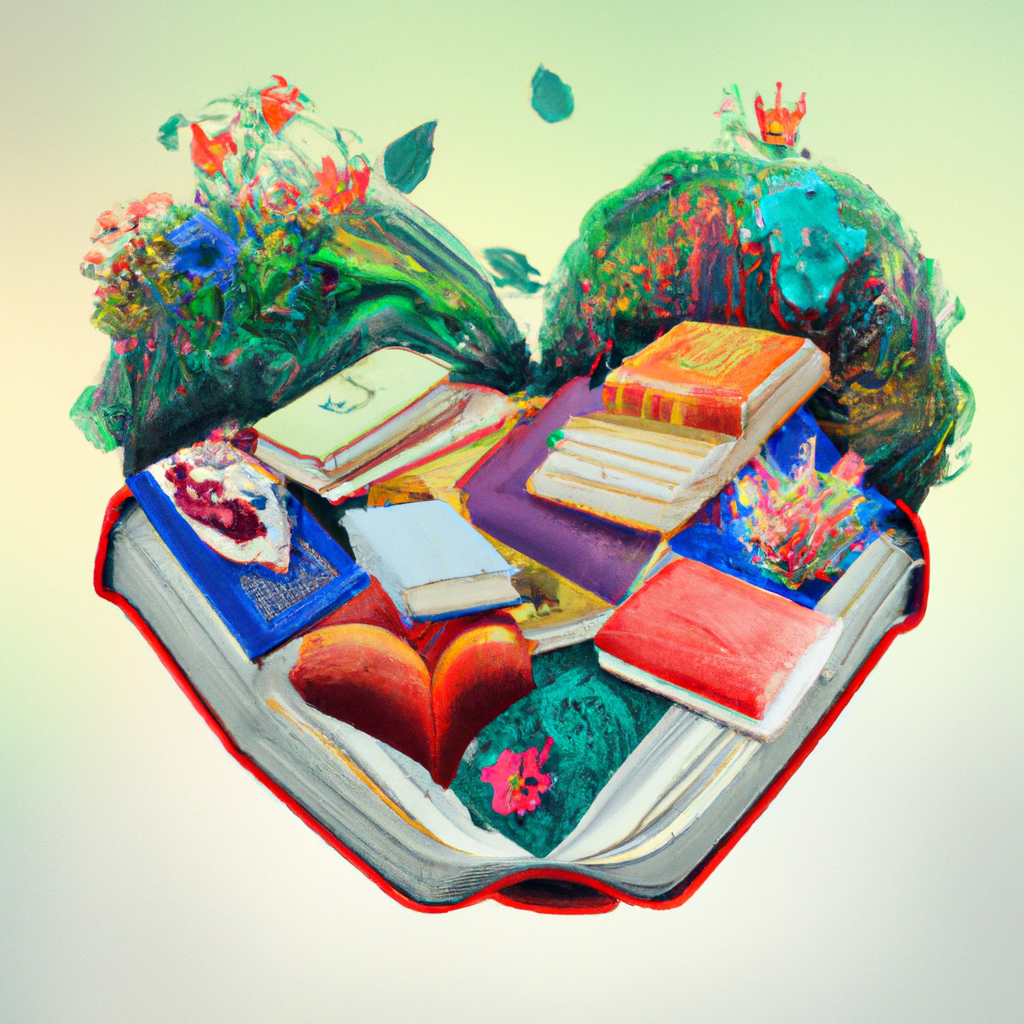Creativity is a complex phenomenon that has fascinated scientists, psychologists, and artists for centuries. It is the ability to produce original and valuable ideas or solutions that are not obvious to others. Creativity is not limited to artistic expression but extends to all aspects of human life, including science, technology, business, and social innovation. In this article, we present a critical review of relevant books on the science of creativity. Our goal is to provide a comprehensive overview of the current knowledge and theories about creativity and to identify the key factors that contribute to creative thinking.
What is Creativity?
Creativity is a multifaceted construct that involves cognitive, social, and emotional processes. It is not a fixed trait but a dynamic and adaptive ability that can be developed and enhanced through practice and experience. According to the influential four-stage model of creativity proposed by Wallas (1926), creative thinking involves four main stages: preparation, incubation, illumination, and verification. During the preparation stage, the individual gathers information, knowledge, and skills relevant to the problem or task at hand. During the incubation stage, the individual takes a break from conscious thinking and lets the problem simmer in the unconscious mind. During the illumination stage, the individual experiences a sudden insight or “aha” moment that leads to a solution or idea. Finally, during the verification stage, the individual evaluates and tests the validity and feasibility of the idea.
Theories of Creativity
There are various theories of creativity that attempt to explain the underlying mechanisms and processes of creative thinking. One of the most influential theories is the componential model of creativity proposed by Sternberg and Lubart (1991). According to this model, creativity involves three main components: creative potential, creative thinking skills, and task motivation. Creative potential refers to the individual’s innate abilities and personality traits that contribute to creativity, such as intelligence, openness to experience, and divergent thinking. Creative thinking skills refer to the cognitive strategies and processes that facilitate creative thinking, such as associative thinking, analogical thinking, and brainstorming. Task motivation refers to the individual’s intrinsic and extrinsic motivation to engage in creative activities, such as curiosity, passion, and recognition.
Another prominent theory of creativity is the social-cultural theory proposed by Csikszentmihalyi (1996). According to this theory, creativity is not an individual trait but a social and cultural phenomenon that reflects the values, norms, and practices of a particular community or society. Creativity emerges from the interaction between the individual and the environment, and it is shaped by various factors such as education, social support, and cultural diversity. Csikszentmihalyi also proposed the concept of “flow” as a state of optimal experience that enhances creativity and productivity. Flow is characterized by a high level of concentration, absorption, and enjoyment in a challenging and rewarding activity.
Factors Influencing Creativity
There are numerous factors that influence creativity, both positively and negatively. Some of the key factors that contribute to creative thinking are:
Divergent Thinking
Divergent thinking is the ability to generate multiple and diverse solutions or ideas to a problem or task. It involves breaking free from conventional or stereotypical ways of thinking and exploring new and unconventional possibilities. Divergent thinking is a crucial component of creativity, as it allows the individual to expand the range and quality of their ideas.
Cognitive Flexibility
Cognitive flexibility is the ability to switch between different modes of thinking and adapt to changing situations or demands. It involves the capacity to perceive, interpret, and manipulate information in multiple ways and to integrate different perspectives and domains of knowledge. Cognitive flexibility is essential for creative thinking, as it enables the individual to connect seemingly unrelated ideas and concepts and to discover novel and innovative solutions.
Creative Environment
The environment in which creative thinking occurs can also have a significant impact on the quality and quantity of creative output. A creative environment is characterized by openness, diversity, and autonomy, as well as supportive and challenging feedback. It provides the individual with the resources, tools, and opportunities to explore and experiment with new ideas and approaches.
Emotional State
Emotions can also influence creative thinking, both positively and negatively. Positive emotions such as joy, excitement, and curiosity can enhance creativity by increasing motivation, engagement, and cognitive flexibility. Negative emotions such as anxiety, fear, and stress can inhibit creativity by reducing cognitive resources, narrowing attention, and inducing rigid thinking.
Conclusion
In conclusion, creativity is a complex and multifaceted phenomenon that involves cognitive, social, and emotional processes. It is not a fixed trait but a dynamic and adaptive ability that can be developed and enhanced through practice and experience. Theories of creativity such as the componential model and the social-cultural theory provide insights into the underlying mechanisms and processes of creative thinking. Factors that contribute to creative thinking include divergent thinking, cognitive flexibility, creative environment, and emotional state. By understanding and applying these factors, we can enhance our creative potential and generate original and valuable ideas and solutions.



